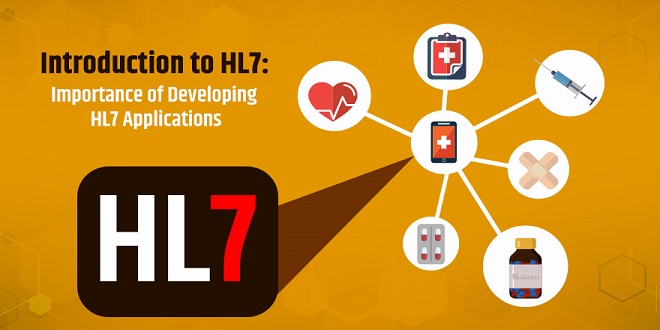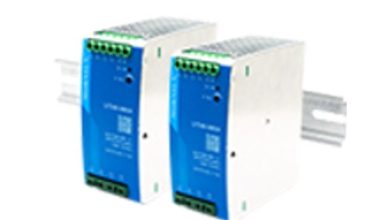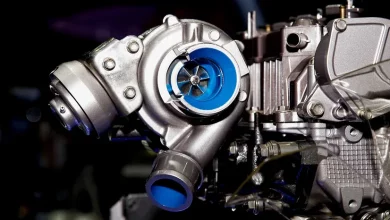HL7 Standards – Importance, Uses & Benefits

The standards organization Health Level Seven International supported the creation of HL7 (Health Level Seven). It provides guidelines for data format and standards that are used by most healthcare organizations to share and structure medical data. This also aids in the patient screening process. There is more to HL7 than this. We have now discussed its benefits, uses, and importance.
What HL7 standards are?
It is a consensus-based document that allows for collaboration and provides guidelines, rules, characteristics, and results. The international standard HL7 was created to transfer clinical and administrative data among various software-based medical assistants.
Seven Standards for Health Importance:
Healthcare units can be made up of many different care settings and stakeholders. They may use different information systems to deliver care. The Health Level Seven standards are designed to help healthcare systems evaluate and develop key topics such as infection prevention and control and medication management. These topics can have a significant impact on the quality of the services the public receives.
They also provide a solid foundation on which providers, policymakers, as well as the public, can depend. It ensures high-quality services in areas that matter most. These standards also help to improve services in the following areas:
- Improve and assess their quality of healthcare services
- Regulating what type of care they should provide and identifying any gaps in their existing systems
- Safety at work
- Regulating efficiency
They also help the public:
- Find out what level of quality you can expect from your service providers
- Let us know what you think about the current delivery of health services
- Assure them that they receive high-quality health services
Who uses HL7?
Recent statistics show that more than 90% US healthcare facilities use HL7. More than 1,600 members, including 500+ corporates, support HL7. We are however dividing HL7 users into 3 segments.
Clinical Interface Specialists.
They are responsible for the movement of clinical data. These people create and maintain tools to transfer clinical data and applications to other patient screening systems. They are responsible for moving data between healthcare providers or applications.
Government and other Politically Homogeneous Entities
This group includes people who are interested in sharing data with multiple entities or responsible for future data movement. These users may also be looking to move clinical information in an area not covered by current affairs. They can also adopt or mandate a messaging protocol.
Medical Informaticsits
It includes people working in the field of healthcare informatics. Health informatics can be described as the study of the logic behind healthcare and how it creates clinical information. These users also seek to create or adopt a clinical ontology. This is a hierarchical structure for healthcare knowledge, terminology, and workflow.
The Benefits Of Health Level 7 Standards:
The Health Level 7 standards provide a structured approach for building integrated healthcare applications. This includes defining the data structure that will be used to store and exchange healthcare data. It works in the same way as Electronic Data Interchange (EDI), standards for commercial data, but it also deals with healthcare data.
These standards also describe how data should be packaged to allow communication between HL7-compliant applications. It allows data exchange between a number of stakeholders, such as centralized healthcare data repositories and mass healthcare installations.
Wrap up:
To provide better services for patients, all hospitals should be able to communicate through their information systems. Hospitals can exchange data with other facilities to collaborate. This data will also help them to produce more accurate results. However, HL7 standards provide a structure for how data and information are shared.




